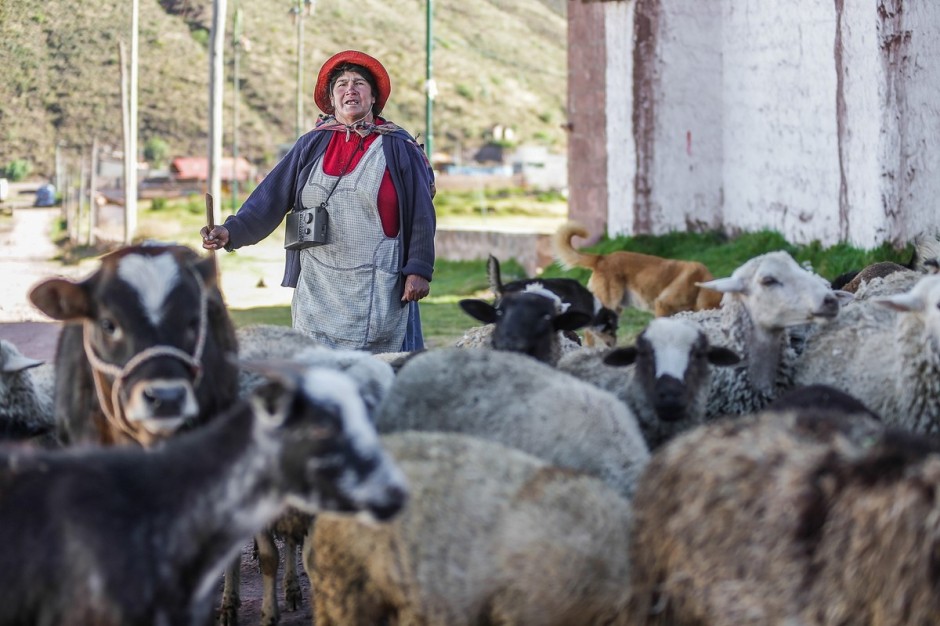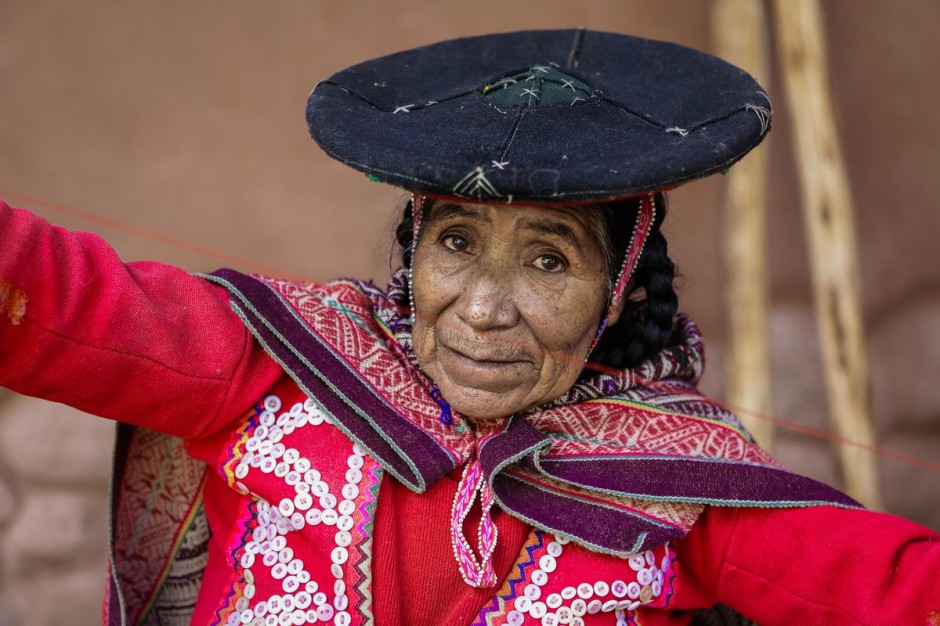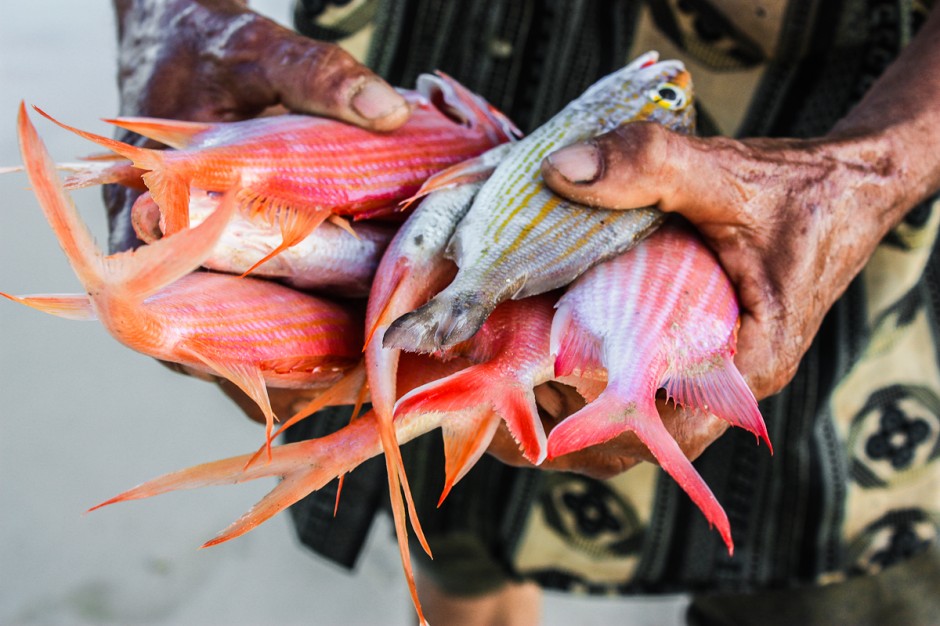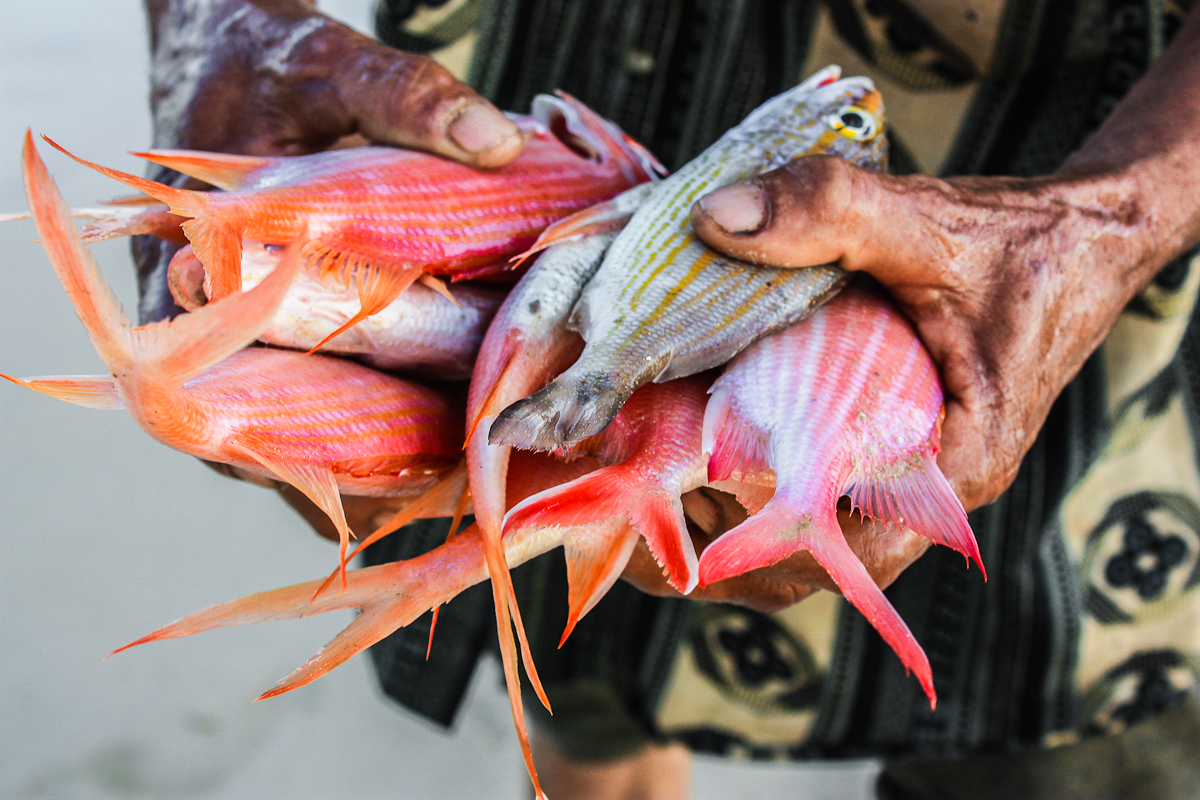One of the biggest mistakes in travel is assuming you’ll “never forget” a particular moment or feeling. From launching out of a plane for a skydive, to swimming in moonlit waterfalls, to rowdy nights out on Khao San Road, to that final step up Kilimanjaro — and a million other memories in between, big and small, epic or delicate.
The question is, how do we document and preserve these travel experiences, not only to share with others but also for ourselves? There are a few easy things to do on any trip to properly document and preserve important details, memories, and experiences so that your travels can stay with you long after you’ve returned home.
BE A JOURNALIST
1. Keep a notebook.
A notebook is an indispensable item in a traveler’s bag. Keep it handy at all times to jot down:
- proper names of locations
- dates and times of locations visited
- proper names of people met and their role in your trip
- histories of people or places
- interesting facts as you come across them
- restaurants dined at, foods tried, drinks sampled
- where you stayed, if you liked it or not
- tips from other travelers about where to go or things to try
- modes of transportation, distances traveled
- quick notes of experiences, emotions, and sensations (but leave long entries for journal, below)
These are just some of the things you should note on a daily basis as you move around. This way, you won’t find yourself wondering the name of that dish, or who this person in your photo is, or what lake that was.
Tip: Keep the books thin and light, and take new notebooks on each trip to not only stay organized, but keep your old notes safe and save space.
2. Keep a scrapbook.
No, not a scrapbook like your grandmother used to keep. By scrapbook I mean something to contain information you pick up along the way — it could be a folder, or even just a ziplock bag. But each time you pick up information, store it all in the same place. For example:
- flyers of hotels or bnbs or hostels you stayed at
- flyers of restaurants eaten at (takeaway menus are great too!)
- business cards of any business you used
- business cards of anyone you met on the road
- receipts
- informational cards about locations, especially containing histories
- advertisements for activities you did or groups you joined
You get the picture. By picking up these cards, you begin to catalogue where you’ve been and can easily access websites, emails, and social media sites for these places. As well, correct spellings or proper names will be readily available.
Tip: Make notes on the cards — especially for people — as to how or where you met them, and if or why you’d want to contact them. If you can, snap a picture with or of the person and note on the card the file number on your camera.
BE A PHOTOGRAPHER
3. Capture a sense of place.

Photo: author
You’re probably thinking, “Well, that’s a given.” But truly documenting a place takes a lot more than just snapping a few shots of the street, so let’s back up.
What gives a sense of place? Most easily, it’s the activity taking place outdoors, on the streets — from lively markets, to farmers at work, to women balancing colorful jugs of water on their heads, marching up the side of a brick-red path. As you walk around the town, city, or landscape, ask yourself what scenes you’ll recall most fondly later and try to capture some of those moments.
Here are a few things to consider when doing this:
- Place yourself where you’re out of the way, but able to get a clear shot.
- Avoid distracting elements in front of what you’re shooting — e.g., people’s heads passing by, cars, or other objects only there at random. Reposition yourself to get a clear shot, and have patience to wait for it.
- If you’re rural, you may need to scout out the local life — and it could very well be animals.
- Be aware of colors, textures, patterns, and anything else that catches your eye.
- Be respectful of the fact that it’s real people, real lives.
Look for things that really shout out the name of where you are — for example, old cars in Cuba. If you can, capture two or three in one image, and you really start to build a sense of place (for example, a ’50s car with a man smoking a cigar leaning against it — cliché, but you get the idea).
At the end of the day, a sense of place is built on multiple layers of culture: people, movement, food, scents, colors, clothing, music, and much more. If you can isolate a few things into an image, you begin to show others what the place is like.
Tip: Respect for the locals is a huge factor in this process. If you get glares or feel uncomfortable, stop and try again on a different street or from a different perspective.
4. Document the people.

Photo: author
This is probably the hardest thing for most people to do. We get very nervous approaching people, but often if you’re smiling, polite, and willing to show them the image, you can get far. The golden rule is: Always ask first. It’s as easy as lifting your camera and saying, “Foto?” which is understood in most languages. If they oblige, here are some quick tips:
- Don’t put the face directly in the middle of the frame — it’s not pleasing to the eye. Place them to the right or left.
- If it’s a sunny day, try to document people standing in nice bright shadows. You’ll avoid shadows along the nose and under the eyes, making for a more pleasing portrait, and there will be even light across their face. If it’s cloudy, this isn’t a problem.
- At the same time, avoid people standing in dim light, unless you’re experienced with low-light photography (don’t be fooled by a point-and-shoot’s “low light” function).
- Don’t fire your flash. It’s unflattering and you’ll almost never like the result.
- Fire several shots, but if you haven’t nailed it after that, you should probably stop. People might be okay posing for a few seconds, but they’re not your personal models.
- Avoid cutting off arms, and fingers, or the top of the head. You can crop later — for now, try to give yourself a wide berth.
- If photographing children, always check to see if there’s an adult to give consent.
- Always show the person your image, and enjoy that shared moment too.
Tip: When in doubt, fire several different kinds of shots (close up, pulled back, midway) and decide later.
5. Document the details.

Photo: author
The little details are the first things you’ll forget later on. Some things to include:
- Colors: What colors are found where you are?
- Patterns: From cobblestone roads to crosswalks to piles of oranges. Where are patterns found?
- Texture: Peeling paint, rust, worn buildings. What kinds of texture do you find here?
- Motion: If you know how, take some slow shots to capture the motion of a city, even if abstract.
- Clothing: Are there cultural clothing items you can snag some shots of?
- Food: Pictures of meals, drinks, table settings, and other culinary clues are good additions.
- Unique details: Anything that sets the place apart from other places you may have been.
Tip: Learn to look for details by going out for walks specifically just to look around (no destination, nowhere to be). Just look. Note these details and come back later to try and capture some.
BE A STORYTELLER
6. Journal.
It’s not the same as a notebook. The journal is where you put your personal experiences along the way. Take time to reflect, and time to process. Write your questions, thoughts, hopes, growth, victories, joys, urges, and more.
Do it alone, and give yourself time. You’ll thank yourself later.
7. Share.
Whether your purpose is an article, a series of blog posts, Facebook, or an old-fashioned slideshow in your living room, you have a story to share. You went, you saw, you experienced. By documenting the trip from so many angles, you’ll have heaps of material to pull from to help you paint a full and descriptive picture of your journey.
The next time you travel, be sure to properly document like a pro and you’ll be able to really transport yourself — and anyone else you’d like to bring along — right back there with you.

